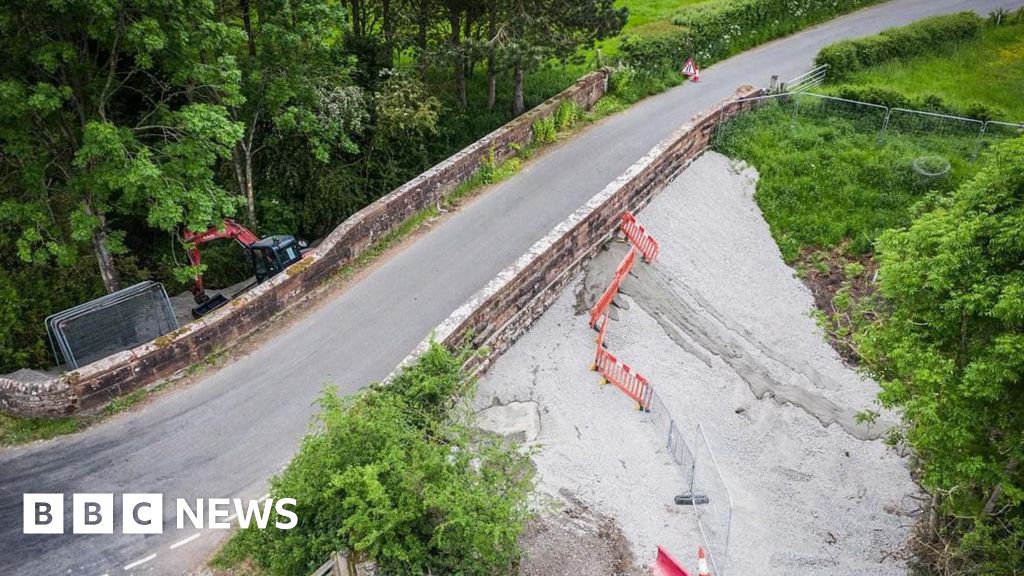Infilling eliminates an ongoing maintenance liability that will overwhelm the one time cost of the infilling.
It is unreasonable to expect the public to maintain a bridge until the end of time, especially when there is a negligible chance of the line reopening.
If £350,000 on bridge filling removal (and any remedial repairs required at that time) is enough to destroy the business case for a railway reopening, there was never a case for the railway reopening in the first place.
Of all the routes that I feel don't need a duplicating second route, I think the Settle and Carlisle would be rather high on the list!
But we don't apply the same to roads, lanes and paths do we?
A road, lane, path may only get used by a handful of people/users but we still expect the council / highway authority to maintain them.
And no one has a crystal ball, so it is not always possible to predict what may happen in the future.
One of the big losses with the closure of some lines, was the loss of some parallel alternative routes. Again, on the road network, where an A road becomes a motorway, normally a parallel alternative route is maintained or in some cases, another road is provided for the non-motorway traffic.
Compared to the government budget, the cost of maintaining most bridges where there is a reasonable chance that in the future, said infrastructure may be useful once again is small fry.
May do, but more than likely not. A re-opened line is more likely to be a socio-economic drain, with huge requirements for subsidy (both in the re-opening and subsequent operations) and contribute no revenue to offset infrastructure maintenance costs.
The whole railway network is subsidised... As are plenty of other services and some other infrastructure. That's the whole point of having taxation and government structure that also considers the needs of the people.
If everything was done purely on a commercial basis, our country would be a far less nice place to be.

